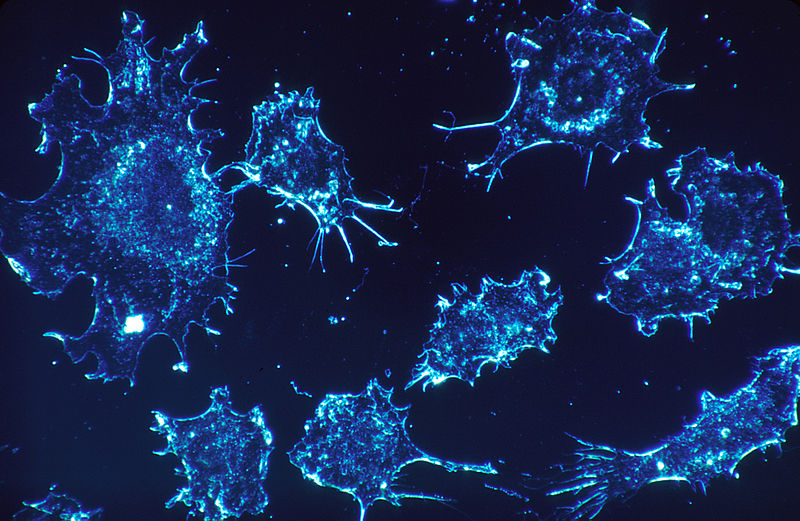Researchers at the University of Birmingham have reached a significant milestone in the field of spinal cord injury (SCI) treatment. Their work explores the potential of red light therapy, offering hope for improved nerve function and repair.
The Challenge of Spinal Cord Injury:
SCI is a debilitating condition that disrupts communication between the brain and the body. Depending on its severity, it can result in paralysis, sensory loss, and other challenges. Current treatment options primarily focus on symptom management and maximizing remaining function. However, achieving true repair and regeneration has remained elusive.
Red Light to the Rescue? The University of Birmingham’s study delves into the therapeutic potential of red and near-infrared light. They utilized cell models of SCI to determine the optimal frequency and duration of light exposure for promoting nerve cell survival and regrowth.
Here’s what excites researchers:
- Neuroprotective Effects: Their findings suggest that red light at a specific wavelength (660nm) can enhance the survival of nerve cells, potentially mitigating further damage after an SCI.
- Stimulating Regeneration: The study also observed evidence of red light stimulating nerve cell growth, paving the way for potential repair of damaged pathways.
- Minimally Invasive Approach: Red light therapy offers a non-invasive and potentially painless treatment option compared to traditional surgical interventions.
“Surgery after spinal cord injury is common, but currently, these operations are only aimed at stabilizing injuries to the bones of the spine that have been damaged by the trauma,” said Andrew Stevens, neurosurgical registrar and the study’s lead author. “This [light therapy] concept is incredibly exciting as it could offer surgeons the opportunity, during the same operation, to implant a device which could help protect and repair the spinal cord itself.”






